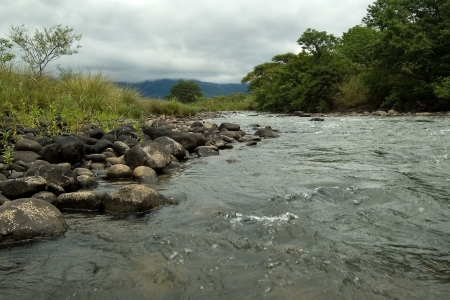A WLE study has found a correlation between the location of large dams and incidences of malaria in sub-Saharan Africa. According to the study's findings, which were published in this month's Malaria Journal, the population at risk of contracting malaria around dams is at least four times greater than previously estimated. The construction of an expected 78 major new dams in sub-Saharan Africa over the next few years will lead to an additional 56,000 malaria cases annually.
/index.jpg?itok=2my9G8FE)
This research has major implications for new dam projects in the region and how health impacts should be assessed prior to construction.
The study looked at 1,268 dams in sub-Saharan Africa, including the Akosombo dam in Ghana and the Koka dam in Ethiopia, and compared maps of malaria incidence with the dam sites. The number of annual malaria cases associated with the dams was estimated by comparing the difference in the number of cases for communities less than 5 km from the dam reservoir with those for communities further away.
The researchers found that at least 1.1 million malaria cases annually are linked to the presence of the dams.
Many African countries are planning to build new dams to help generate power and increase water security. While these are important considerations for economic growth, the researchers warn that it will come at great cost to people living close to dams.




/index.jpg?itok=EzuBHOXY&c=feafd7f5ab7d60c363652d23929d0aee)









